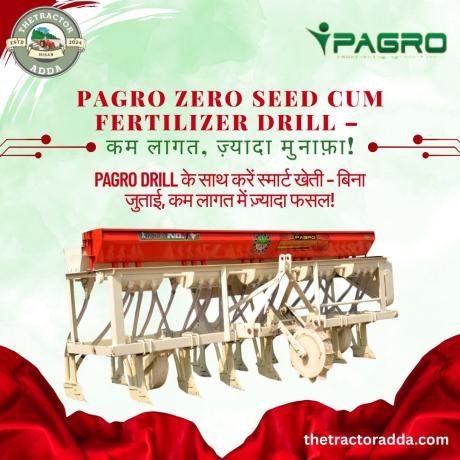Big Bud 16V-747: The World’s Most Powerful Tractor and Its Incredible Legacy

Blog Description
Unveiling the Most Powerful Tractor in the World: A Deep Dive
When it comes to sheer power and performance, the Big Bud 16V-747 holds the crown as the most powerful tractor in the world. This legendary machine has revolutionized farming with its unmatched horsepower and robust design. Here's everything you need to know about this tractor, from its fascinating history to its global impact.
Big Bud 16V-747: The Powerhouse
- Horsepower: A staggering 1,100 HP, making it the most powerful tractor ever built.
- Engine: Powered by a 16-cylinder Detroit Diesel engine, it's a marvel of engineering excellence.
- Weight: Weighing approximately 45 tons, this beast is designed for heavy-duty agricultural tasks.
Number of Units Sold
The Big Bud 16V-747 is a one-of-a-kind tractor, as only one unit was ever manufactured in 1977 by the Northern Manufacturing Company in Havre, Montana, USA. While not mass-produced, its iconic status has made it a symbol of agricultural might worldwide.
Biggest Marketplace
Though the Big Bud 16V-747 resides in the United States, its legacy has influenced tractor enthusiasts and professionals globally. The U.S. remains its largest marketplace, with collectors and museums ensuring its story continues to inspire.
History of Big Bud 16V-747
The idea behind the Big Bud 16V-747 was to create a tractor capable of handling the most challenging agricultural needs. Commissioned by the Rossi Brothers, this tractor was built to work the expansive farmlands in California. With its massive tires (manufactured by United Tire Company) and durable build, it quickly gained fame.
Today, the tractor is often displayed at events and museums, highlighting its engineering brilliance.
Fun Facts About the Big Bud 16V-747
- Record-Holder: It holds the Guinness World Record as the most powerful tractor ever made.
- Giant Tires: The tractor features eight custom-made tires, each standing 8 feet tall.
- Fuel Tank Capacity: Its fuel tank can hold up to 1,000 gallons of diesel!
- Cultural Icon: The Big Bud 16V-747 has appeared in documentaries, exhibitions, and even pop culture references.
Price of the Big Bud 16V-747 in Rupees
While the tractor was originally built for approximately $300,000 in 1977, adjusting for inflation, its estimated price today would be around ₹2.5 Crore (25 million INR).
Why the Big Bud 16V-747 Is a Legend
This tractor isn’t just a machine; it’s a statement of innovation and engineering. Farmers and enthusiasts admire it for its unparalleled power and historical significance.
Engineering Brilliance
The Big Bud 16V-747 was built with a clear purpose: to revolutionize large-scale farming. Its robust frame, heavy-duty hydraulics, and unmatched pulling capacity make it ideal for handling massive implements, such as 100-foot-wide cultivators. Its engineering represents an era when farmers prioritized productivity and scale.
Unique Features
- Custom Design: Every part of the Big Bud 16V-747 was custom-built, from its massive axles to its enormous drivetrain.
- Modular Maintenance: Despite its size, the tractor was designed for easy maintenance. Each component was accessible, ensuring minimal downtime during critical farming seasons.
- Speed and Performance: Surprisingly, despite its weight, the Big Bud can achieve a top speed of 8 mph, which is impressive for such a giant machine.
Cultural Significance
The Big Bud 16V-747 is not just a machine; it has achieved celebrity status in the agricultural world. Farmers and enthusiasts travel from far and wide to see it at the Heartland Museum in Iowa, where it is often displayed. Its story also inspires younger generations to appreciate the evolution of farming technology.



